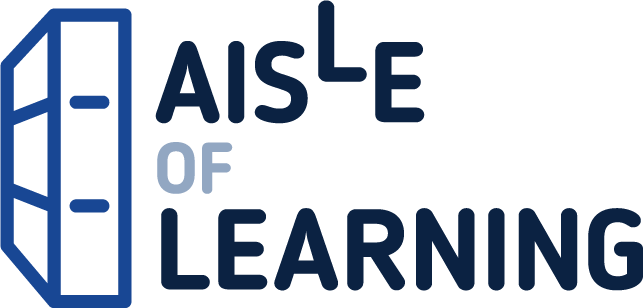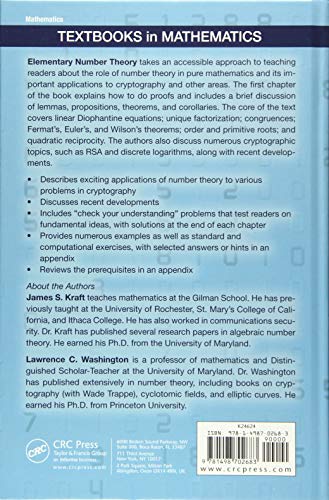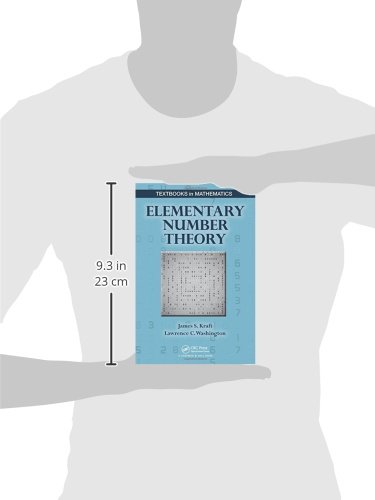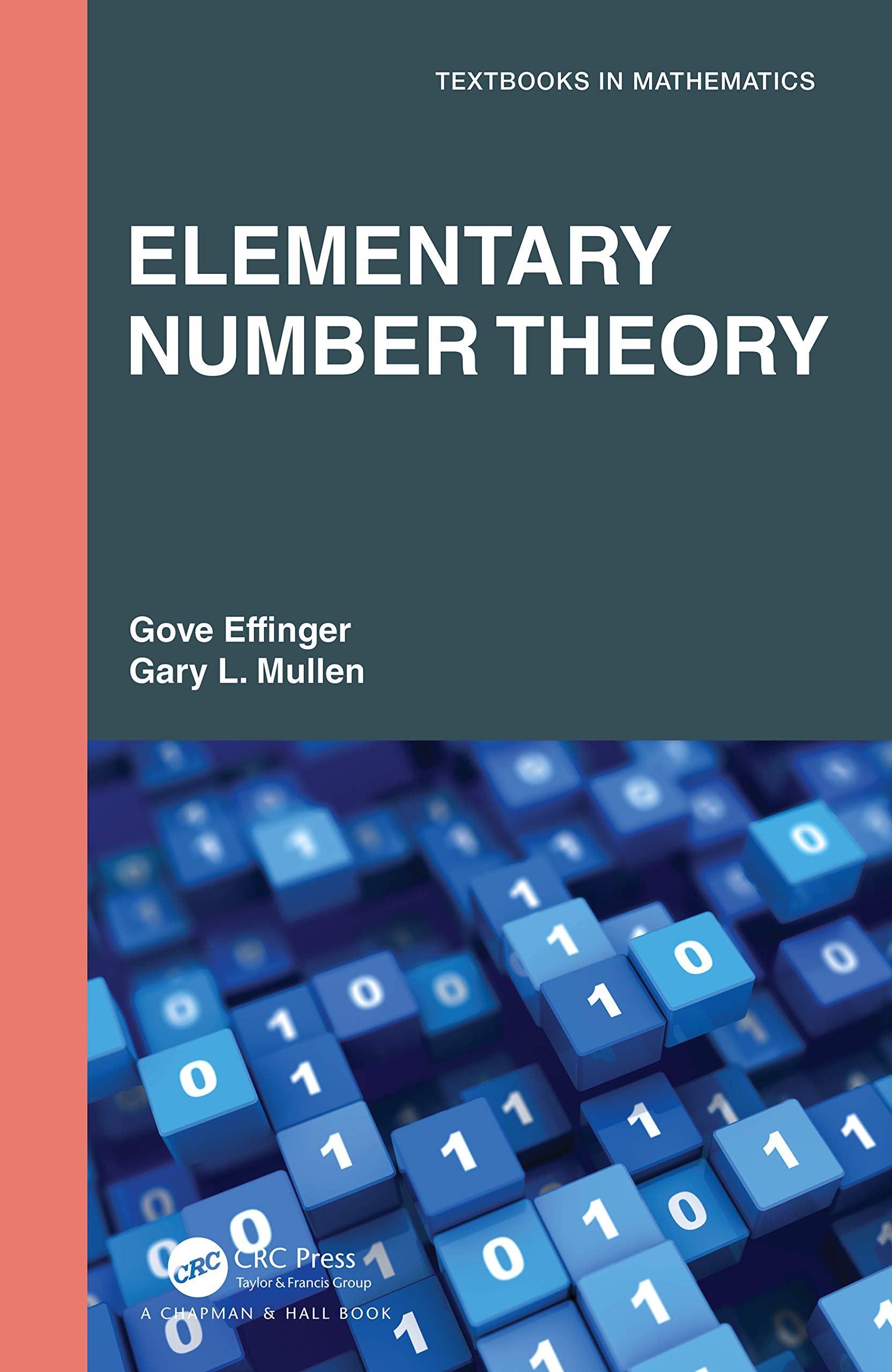Elementary Number Theory takes an accessible approach to teaching students about the role of number theory in pure mathematics and its important applications to cryptography and other areas. The first chapter of the book explains how to do proofs and includes a brief discussion of lemmas, propositions, theorems, and corollaries. The core of the text covers linear Diophantine equations; unique factorization; congruences; Fermat’s, Euler’s, and Wilson’s theorems; order and primitive roots; and quadratic reciprocity. The authors also discuss numerous cryptographic topics, such as RSA and discrete logarithms, along with recent developments. The book offers many pedagogical features. The “check your understanding” problems scattered throughout the chapters assess whether students have learned essential information. At the end of every chapter, exercises reinforce an understanding of the material. Other exercises introduce new and interesting ideas while computer exercises reflect the kinds of explorations that number theorists often carry out in their research.
Elementary Number Theory (Textbooks in Mathematics)
$96.00
This textbook teaches students about number theory, proofs, and cryptography for advanced mathematics and computer science education.
Additional information
| Weight | 2 lbs |
|---|---|
| Dimensions | 15.6 × 2.8 × 23.4 in |
Elementary Number Theory (Textbooks in Mathematics)
$62.28
This textbook provides an undergraduate-level introduction to mathematical number theory.
Elementary Number Theory, Gove Effinger, Gary L. Mullen This text is intended to be used as an undergraduate introduction to the theory of numbers. The authors have been immersed in this area of mathematics for many years and hope that this text will inspire students (and instructors) to study, understand, and come to love this truly beautiful subject. Each chapter, after an introduction, develops a new topic clearly broken out in sections which include theoretical material together with numerous examples, each worked out in considerable detail. At the end of each chapter, after a summary of the topic, there are a number of solved problems, also worked out in detail, followed by a set of supplementary problems. These latter problems give students a chance to test their own understanding of the material; solutions to some but not all of them complete the chapter. The first eight chapters discuss some standard material in elementary number theory. The remaining chapters discuss topics which might be considered a bit more advanced. The text closes with a chapter on Open Problems in Number Theory. Students (and of course instructors) are strongly encouraged to study this chapter carefully and fully realize that not all mathematical issues and problems have been resolved! There is still much to be learned and many questions to be answered in mathematics in general and in number theory in particular.
Additional information
| Weight | 0.4 lbs |
|---|---|
| Dimensions | 15.6 × 1.5 × 23.4 in |
Reviews
There are no reviews yet.













Reviews
There are no reviews yet.